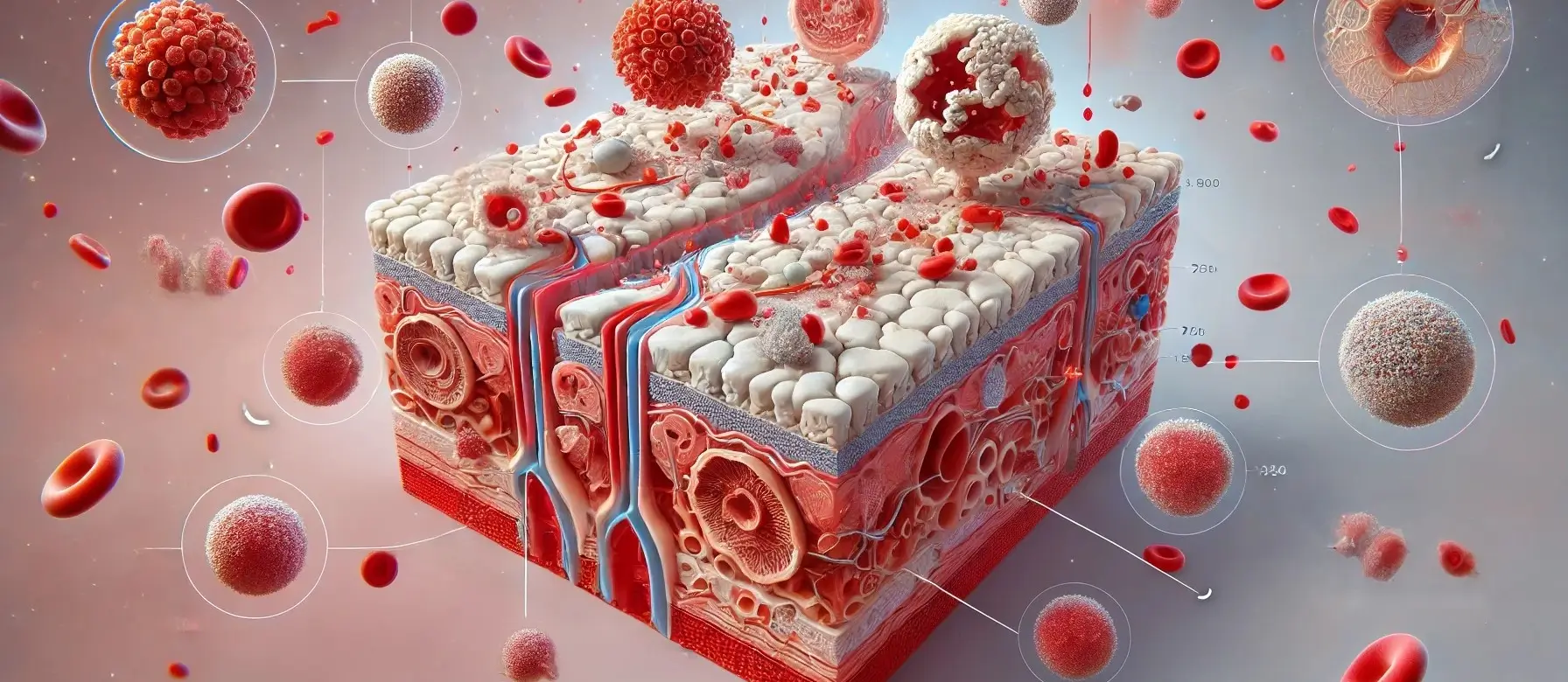- Inflammation is the body’s natural response to injury, infection, or harmful stimuli.
- It is a complex biological process involving the immune system’s cells, blood vessels, and molecular mediators.
- The primary purposes of inflammation are to:
- Eliminate the initial cause of cell injury
- Clear out damaged cells and tissues
- Establish a repair process
- It is essential for healing, chronic or excessive inflammation can contribute to various diseases, including autoimmune disorders, cardiovascular diseases, and cancer.
- Understanding the types and signs of helps in diagnosing and treating various inflammatory conditions effectively.
- Proper management is crucial to prevent inflammation from contributing to chronic diseases.
Clinical Signs of Inflammation
- The classic signs of, also known as the five cardinal signs, are:
- Redness (Rubor): Increased blood flow to the affected area.
- Heat (Calor): Elevated temperature in the inflamed area due to increased blood flow.
- Swelling (Tumor): Accumulation of fluid in the tissues.
- Pain (Dolor): Release of chemicals that stimulate nerve endings.
- Loss of Function (Functio Laesa): Reduced function of the affected area due to pain and swelling.
Different Types of Inflammation

-
Acute Inflammation
- Duration: Short-term, lasting from a few hours to a few days.
- Causes: Infection, injury, or foreign bodies (e.g., splinters).
- Characteristics: Rapid onset, marked by the five cardinal signs. Involves the activation of immune cells like neutrophils.
- Examples: Cuts, burns, infections (e.g., bacterial, or viral).
-
Chronic Inflammation
- Duration: Long-term, lasting from weeks to years.
- Causes: Persistent infection, prolonged exposure to irritants (e.g., tobacco smoke), autoimmune diseases.
- Characteristics: Slow onset, less obvious symptoms. Involves different immune cells, such as macrophages and lymphocytes.
- Examples: Rheumatoid arthritis, inflammatory bowel disease, chronic infections (e.g., tuberculosis).
-
Granulomatous Inflammation
- Duration: Can be acute or chronic.
- Causes: Persistent pathogens (e.g., mycobacteria), foreign substances that the immune system cannot eradicate.
- Characteristics: Formation of granulomas, which are small nodules of immune cells that form around the foreign material.
- Examples: Tuberculosis, sarcoidosis, leprosy.

